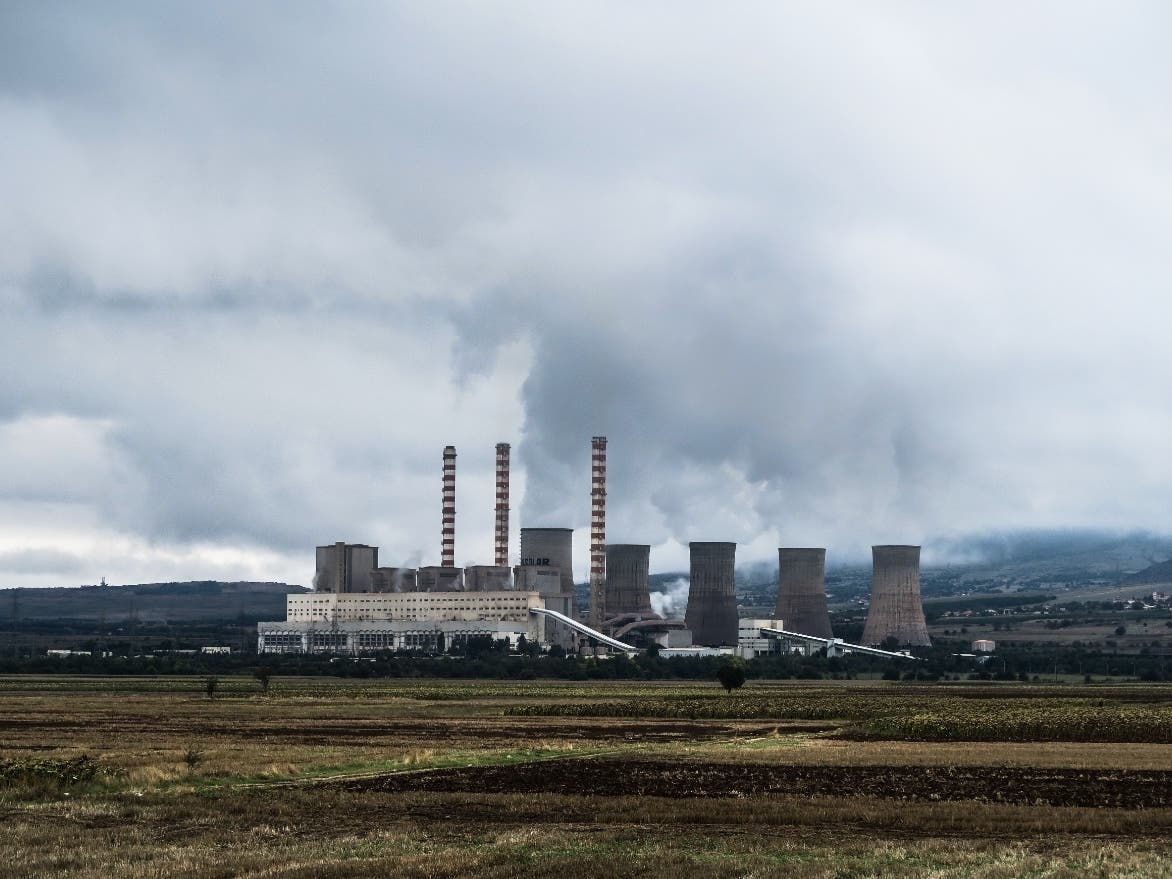Neighbor News
Local Perspective on Nuclear Energy
Shoreline residents may soon be among the 1/3 of Americans who live within 50 miles of a nuclear power plant. Keep that in mind for 2020.

Shoreline is within 50 miles of several suggested sites for new nuclear power plants that would be supported by Governor Inslee and local environmentalists, including Bill Gates. That would mean that Shoreline residents could become among the 120 million Americans who live within 50 miles of a nuclear power plant. Many people tout nuclear energy as being a positive alternative to what are otherwise considered ‘dirty’ forms of energy creation. What humanity has harnessed less than 70 years ago has become something commonly accepted not only as an energy reality, but a viable, safe alternative.
Nuclear Energy: Emotion and Fact
Yet many people hold firm opinions about nuclear energy not fully knowing what the process entails. Living close to a nuclear power plant makes it important to understand the benefits and risks of this energy option in the context of their scientific basis, outside of the realm of politics and popularity. This short read thus endeavors to present a straightforward, non-partisan account of nuclear energy as it impacts its nearby communities.
In creating nuclear energy, the nuclei (the center of an atom, made up of positively charged protons and neutral neurons) of atoms are broken apart in the process of nuclear fission. The broken nuclei go on to break apart other nuclei in a controlled chain reaction. Nuclear fission releases energy that heats water, which then spin turbines connected to generators. Thus, electricity is created.
Find out what's happening in Shoreline-Lake Forest Parkwith free, real-time updates from Patch.
While the actual process of creating consumable energy is straightforward, concerns emerge when considering the aftermath. Let us consider the benefits and dangers.
The Benefits of Nuclear Energy
The basics data of nuclear energy is promising. One pound of uranium has as much energy potential as three million pounds of coal. Currently, nuclear power is the single largest source of low-carbon electricity in the United States. In 2017, 20% of the United States’ electricity was created at the 60 top-producing nuclear power plants.
Find out what's happening in Shoreline-Lake Forest Parkwith free, real-time updates from Patch.
The Risks of Nuclear Energy
If severe overheating were to occur in a nuclear power plant, a meltdown would result. A failure or defect in the cooling system of a reactor could trigger the melting of the reactor’s core, which could release radiation into the environment and expose any of the millions of people who live in close proximity to power plants to deadly radiation. Long-term, radioactive waste is dangerous as well because it could pollute groundwater and rivers. Some heavy radioactive waste has a half-life of 24,000 years. While the long-term pollutive potential of nuclear waste is certainly concerning, the short-term danger of plant malfunctions impact communities like Shoreline in the near future.
Nuclear Energy and Washington
Nuclear energy has recently had a heyday in Washington politics. In May, Jay Inslee signed a clean energy bill that committed Washington to 100% carbon-free electricity by 2045. This bill paves the way for further development of nuclear energy in our state.
Nuclear energy already has a key role in fueling our state. It provides 10% of Washington's carbon emission-free electricity. Of nuclear energy, Inslee states:
Given the urgency and the scale of the [climate change] challenge, we have to keep all low- and zero- carbon technologies on the table. I support research projects that are... cost-effective, safer to deal with, and deal with the waste issue. So I support research to find out if those can be achieved.
Inslee's rationale for nuclear energy thus rests on economic arguments, safety arguments, and science-based environmental concerns. The latter-most argument seems to be the most challenging for which to find a science-supported solution. Additionally, the concerns of most communities and localities-centering around reducing the risk of malfunction or meltdowns-are harder to find science-based assurances for. Instead, economic and polling factors tend to dominate these conversations.
Final Thoughts
Ultimately, decision-making on the creation, proliferation, or closing of any nuclear power plants needs to be made with an awareness of current technological capacity. Moreover, local communities need to stay informed about the inherent risks and rewards of nuclear power. This can be done by reading articles and reports from science-based organizations, which are largely nonpartisan. Some excellent organizations include The Union of Concerned Scientists, the Federation of American Scientists, and Bulletin of the Atomic Scientists.
Most importantly, community members can remain engaged and remember to vote not only in national politics, but local and state-level as well. As Eric Alterman wrote,"local politics, like everything else, are not what they used to be. But the fact is that our political system - like our physical existence - still breaks down along geographical lines." Local concerns: local matters.